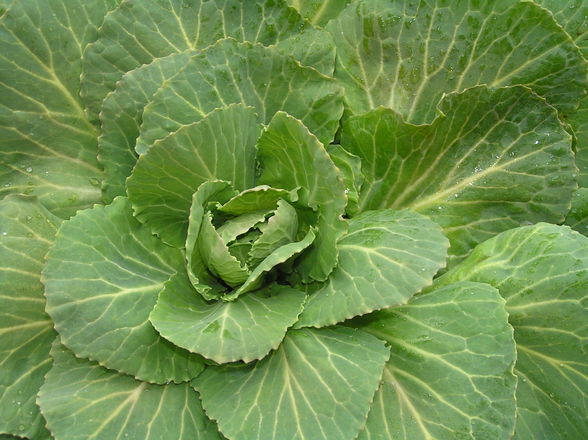Growing cabbage hydroponically can be a viable and efficient way to cultivate this leafy vegetable. Hydroponics is a soilless growing method that allows plants to receive essential nutrients directly from a nutrient-rich water solution. Here are some steps to consider when growing cabbage hydroponically:
- Choose a Hydroponic System: Select a hydroponic system suitable for growing cabbage. Options include nutrient film technique (NFT), deep water culture (DWC), or vertical hydroponics. Each system has its advantages, so choose one that fits your available space, budget, and personal preferences.
- Start with Seedlings: Begin by germinating cabbage seeds in a separate germination medium, such as rockwool cubes or peat pellets. Once the seedlings have developed 3-4 true leaves, transfer them to the hydroponic system. Ensure that the roots are properly submerged or in contact with the nutrient solution.
- Provide Adequate Lighting: Cabbage requires sufficient light for healthy growth. Place grow lights above the plants to provide the necessary light intensity and duration. LED grow lights are a popular choice for indoor hydroponic systems as they are energy-efficient and emit the specific wavelengths plants need for photosynthesis.
- Nutrient Solution: Prepare a nutrient solution specifically formulated for leafy green vegetables like cabbage. Follow the manufacturer’s instructions for dilution and pH adjustment. Monitor the nutrient solution regularly to maintain optimal nutrient levels and pH.
- Watering and Oxygenation: Depending on the hydroponic system, ensure that the roots receive a continuous flow of nutrient solution, or the system is regularly flooded and drained. Proper oxygenation is crucial for healthy root growth, so consider using air stones or diffusers to maintain adequate oxygen levels in the nutrient solution.
- Temperature and Humidity: Cabbage prefers moderate temperatures, ideally around 60-70°F (15-21°C). Maintain proper ventilation and airflow to prevent excessive humidity, which can promote the growth of fungal diseases.
- Pollination: Cabbage plants require pollination for seed production. In hydroponic systems, manual pollination can be done by gently shaking or tapping the plants to release pollen.
- Harvesting: Harvest cabbage heads when they reach maturity and have formed tight, compact heads. Cut the heads at the base, leaving a few outer leaves intact. After harvesting, thoroughly clean the hydroponic system to prevent the buildup of pests or diseases.
Hydroponic systems offer controlled environments that can optimize growth and productivity. However, it’s important to monitor nutrient levels, pH, and environmental conditions regularly to ensure the health of your cabbage plants. Consult hydroponic gardening resources or experts for detailed guidance specific to your chosen system and cabbage variety.



